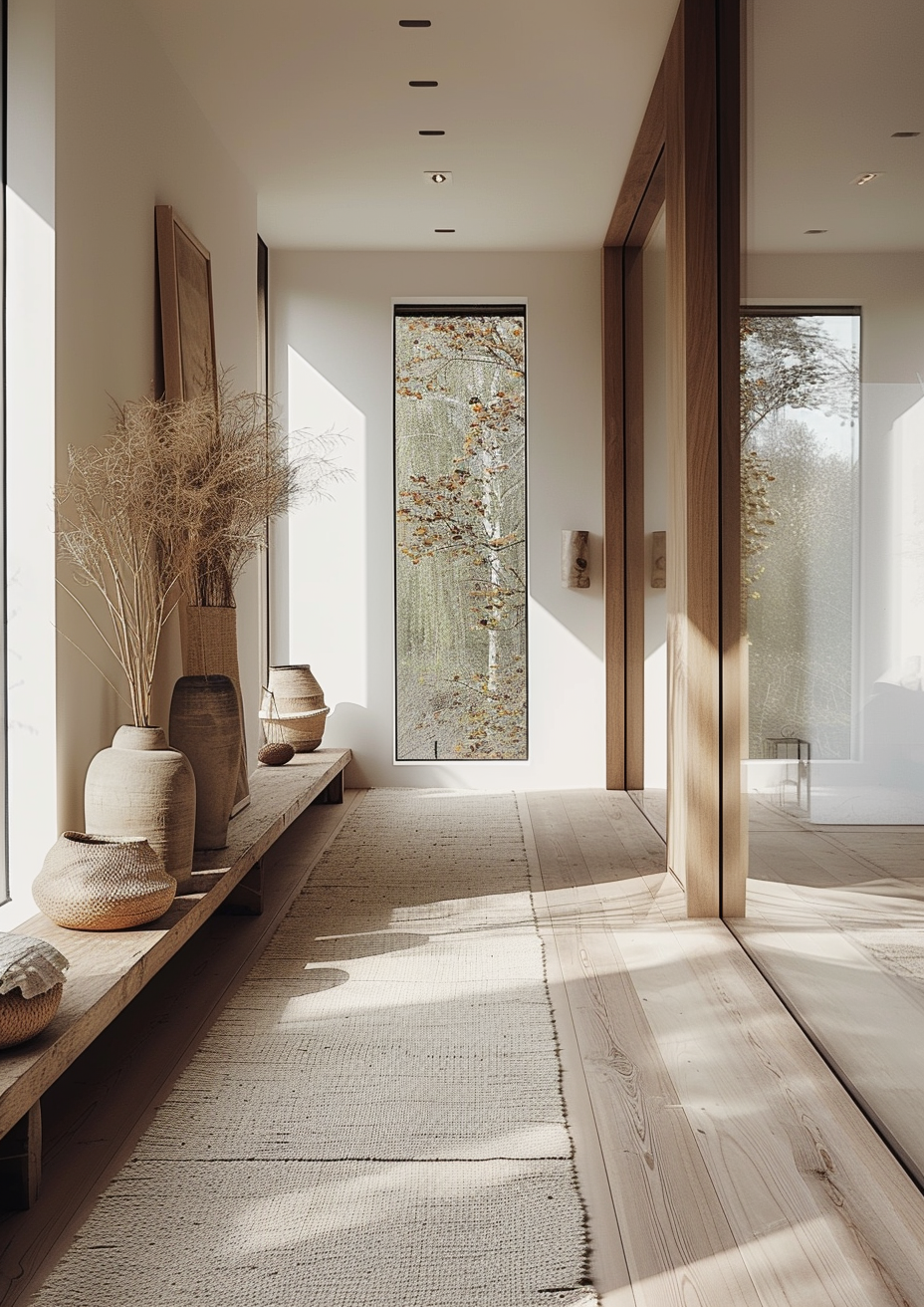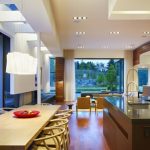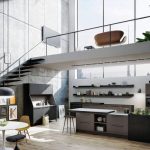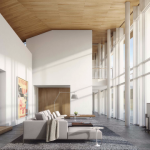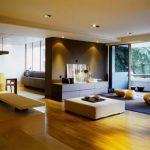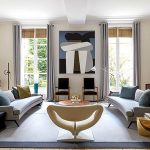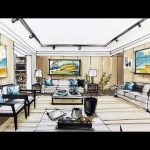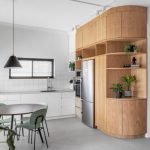Architecture interior design is the art and science of enhancing the interior of a building to create a more aesthetically pleasing and functional space. It involves the use of various design elements such as colors, textures, furniture, lighting, and spatial arrangements to create a cohesive and harmonious environment. Interior design is not only about making a space look good, but also about improving its functionality and usability.
One of the key principles of interior design is to create a space that reflects the personality and lifestyle of the occupants. This can be achieved through the use of personal belongings, artwork, and other decorative elements that express the individual tastes and preferences of the client. By incorporating these personal touches into the design, interior designers can create a unique and personalized space that is tailored to the needs and desires of the client.
Another important aspect of interior design is the consideration of the architectural style and history of the building. By respecting and preserving the architectural elements of a space, interior designers can create a design that complements and enhances the existing structure. This can include highlighting features such as moldings, trims, and architectural details, or incorporating elements of the original design in a modern and contemporary way.
In addition to aesthetics, interior designers also focus on the functionality and usability of a space. This involves creating layouts that maximize space, flow, and organization, as well as selecting furniture and fixtures that are both stylish and practical. By carefully considering how a space will be used and designing it to meet the needs of the occupants, interior designers can create spaces that are not only beautiful, but also comfortable and functional.
Color is an important element of interior design, as it can greatly impact the mood and atmosphere of a space. Different colors can evoke different emotions and set the tone for a room, so it is important for interior designers to carefully choose the right color palette to achieve the desired effect. Whether it’s creating a calming and relaxing environment with soft, neutral tones, or making a bold statement with vibrant and contrasting colors, the use of color is a powerful tool in interior design.
Lighting is another key element of interior design that can greatly impact the overall look and feel of a space. Proper lighting can enhance architectural features, create ambiance, and highlight decorative elements, while inadequate lighting can make a space feel dull and uninviting. Interior designers carefully plan and select lighting fixtures to create a balance of natural and artificial light that enhances the design and functionality of a space, creating a warm and inviting atmosphere for occupants to enjoy.
 bebadesign Interior Design Ideas
bebadesign Interior Design Ideas
